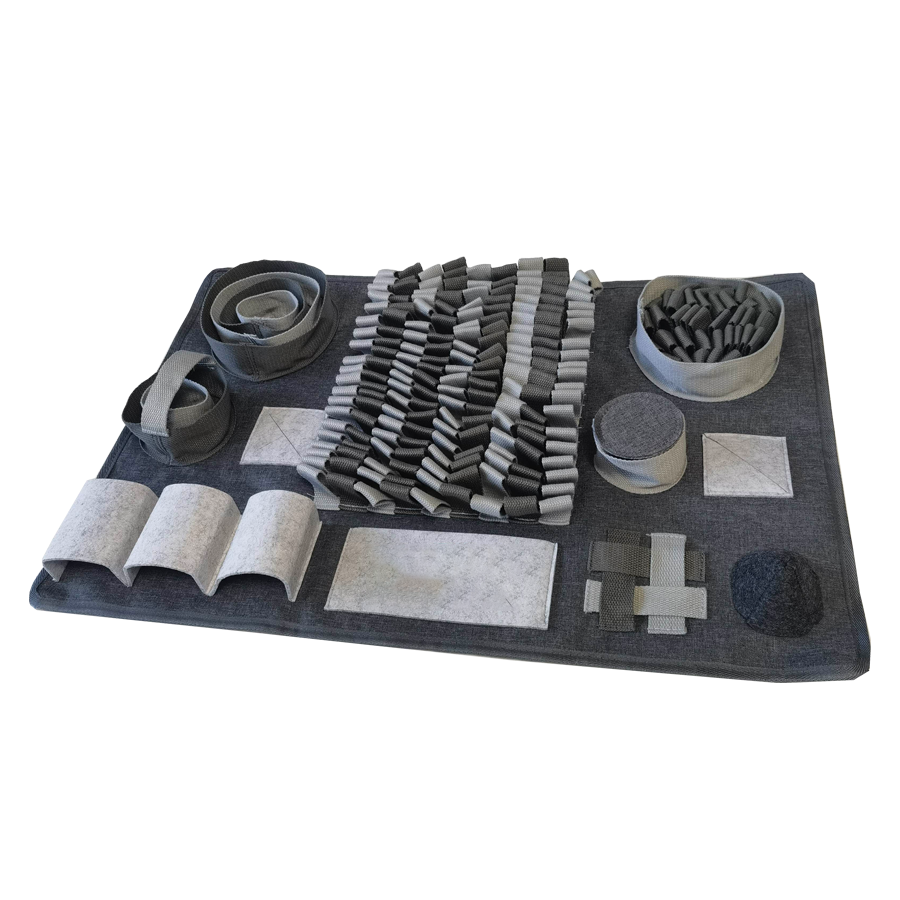Acoustic Felt Ceilings Enhancing Sound Quality and Aesthetics
In contemporary architectural design, the importance of acoustics is often overlooked, yet it plays a crucial role in the overall functionality and comfort of a space. One innovative solution gaining traction in both commercial and residential projects is the acoustic felt ceiling. This versatile design element not only improves sound quality but also adds a unique aesthetic appeal to interiors.
Understanding Acoustic Felt
Acoustic felt is a material made from densely packed fibers that serve to absorb sound rather than reflect it. This characteristic makes it an ideal choice for spaces that require sound control, such as offices, conference rooms, music studios, and educational institutions. Unlike traditional ceilings that can amplify noise due to their hard surfaces, acoustic felt ceilings can significantly reduce echo and unwanted noise, creating a more pleasant auditory environment.
Benefits of Acoustic Felt Ceilings
1. Sound Absorption The primary function of an acoustic felt ceiling is to absorb sound waves. This can be particularly beneficial in areas such as open-plan offices, where multiple conversations can create a noisy environment. By integrating acoustic felt, organizations can enhance concentration and productivity among employees.
2. Aesthetic Versatility Available in various colors, textures, and designs, acoustic felt ceilings can complement a wide range of interior styles. Whether it’s a modern minimalist office or a cozy café, these ceilings can be tailored to match the desired aesthetic, making them both functional and visually appealing.
acoustic felt ceiling

3. Sustainability Many acoustic felt products are made from recycled materials, making them an environmentally friendly choice. As sustainability becomes an increasingly vital consideration in construction and design, opting for eco-friendly materials is a step toward reducing the overall carbon footprint of a building.
4. Easy Installation Acoustic felt ceilings are relatively easy to install, offering a practical solution for renovations or new constructions. They can be mounted directly onto existing ceilings or used as suspended panels, providing flexibility in design and functionality.
5. Improved Indoor Air Quality Some acoustic felt materials also contribute to better indoor air quality by being free from harmful substances such as formaldehyde and other VOCs (volatile organic compounds). This is particularly important in spaces where people spend significant amounts of time.
Applications in Various Environments
The applications of acoustic felt ceilings are vast. In schools, they help create conducive learning environments by minimizing distractions caused by noise. In restaurants and retail spaces, they enhance customer experience by maintaining a pleasant soundscape. In healthcare facilities, reducing noise levels can contribute to patient comfort and recovery.
Conclusion
In summary, acoustic felt ceilings offer a myriad of benefits that extend beyond sound absorption. They enhance the overall aesthetic of a space, promote sustainability, and improve the quality of life for occupants. As designers and builders continue to prioritize acoustic performance in their projects, the use of acoustic felt ceilings is likely to become a standard practice in creating harmonious and functional environments. Whether you are designing a new space or renovating an existing one, considering an acoustic felt ceiling could be a game-changer, transforming both the sound dynamics and visual appeal of your interiors.
